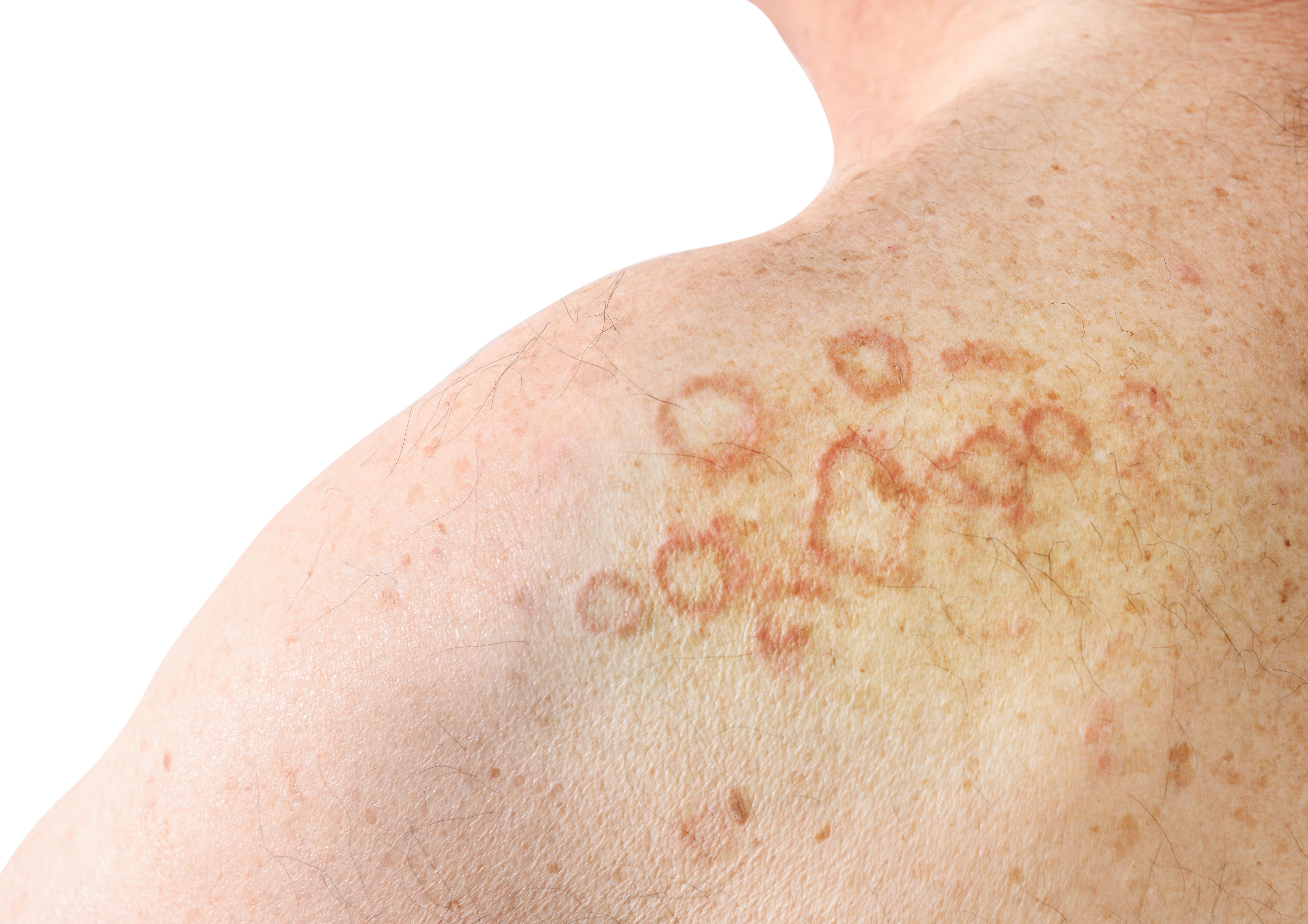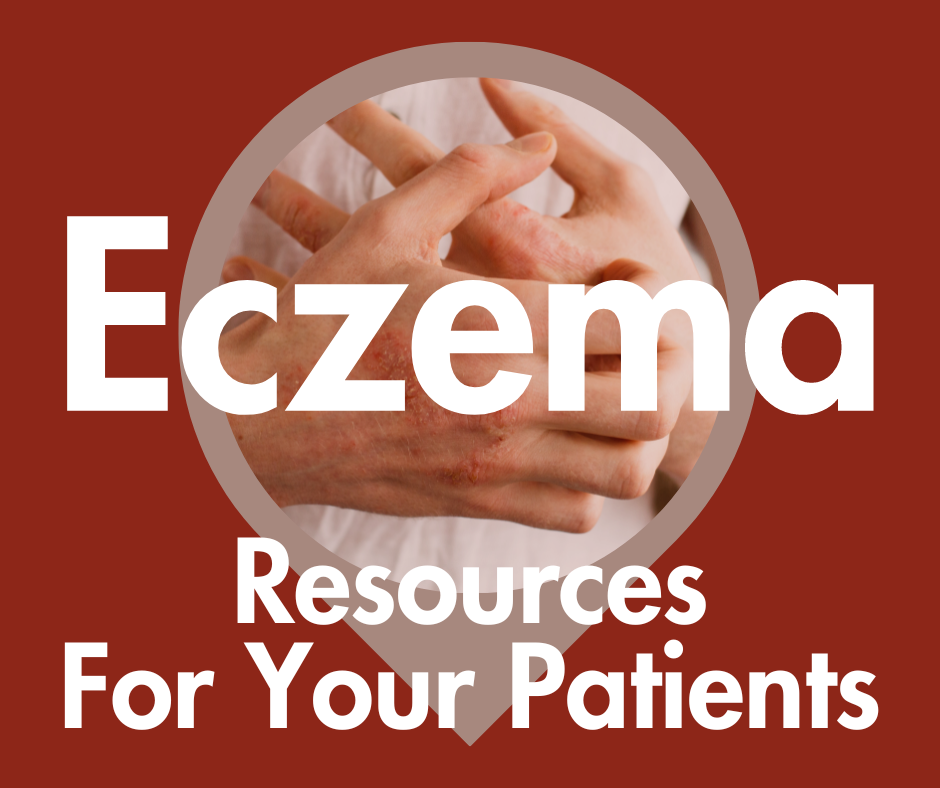- Acne
- Actinic Keratosis
- Aesthetics
- Alopecia
- Atopic Dermatitis
- Buy-and-Bill
- COVID-19
- Case-Based Roundtable
- Chronic Hand Eczema
- Chronic Spontaneous Urticaria
- Drug Watch
- Eczema
- General Dermatology
- Hidradenitis Suppurativa
- Melasma
- NP and PA
- Pediatric Dermatology
- Pigmentary Disorders
- Practice Management
- Precision Medicine and Biologics
- Prurigo Nodularis
- Psoriasis
- Psoriatic Arthritis
- Rare Disease
- Rosacea
- Skin Cancer
- Vitiligo
- Wound Care
News
Article
Advances in Diagnosing and Treating Atopic Dermatitis in the Elderly
Author(s):
AD in the elderly demands specialized attention, considering the unique challenges presented by concurrent skin conditions and underlying systemic diseases.
As the population ages, a distinct clinical subtype of atopic dermatitis (AD) has emerged among the elderly, according to a new study. This form of AD presents unique challenges for clinicians due to concurrent pruritic skin conditions and underlying systemic diseases that are common in this age group. Investigators shared an overview of the epidemiology, clinical characteristics, diagnosis, and current and emerging therapies for AD in the elderly, offering valuable insights for dermatology clinicians.1
The Prevalence of AD in the Elderly
Recent years have seen a notable increase in the prevalence of AD in individuals aged 60 years and older. Unlike other age groups, AD in the elderly is characterized by distinct clinical features, necessitating specialized approaches to diagnosis and treatment. Limited epidemiological data is available, but prevalence rates range from 1% to 4%, highlighting the need for further research in this area.
The Complex Pathogenesis of AD in the Elderly
The pathogenesis of AD in the elderly is intricately linked to epidermal barrier dysfunction, chronic inflammation, and chronic pruritus. Aging skin undergoes changes that make it more susceptible to damage and less capable of barrier restoration. Chronic inflammation, often referred to as "inflamm-ageing," further exacerbates the condition. Pruritus, a common symptom in elderly AD patients, is frequently associated with dry skin, highlighting the importance of barrier maintenance.
Clinical Characteristics and Diagnosis Challenges
AD in the elderly presents with specific clinical features, including the "reverse sign" where lichen-like lesions appear on the extended sides of the elbows and knees. However, diagnosis is complicated by the presence of other pruritic skin diseases and concurrent systemic conditions, which can mimic AD symptoms. The absence of specific diagnostic criteria for elderly AD further complicates the process. Utilizing additional diagnostic points, such as personal and family history of atopic diseases and elevated IgE levels, can aid in accurate diagnosis.
Basic Treatments for AD in the Elderly
Basic treatments form the foundation of managing AD in the elderly. Moisturizers and emollients play a crucial role in maintaining the skin barrier, given the propensity for barrier dysfunction in aging skin. Additionally, anti-inflammatory measures, including topical corticosteroids, calcineurin inhibitors, and PDE4 inhibitors, help control inflammation and alleviate symptoms.
Systemic Treatments: Balancing Efficacy and Safety
Systemic treatments become necessary when basic approaches prove insufficient. However, the elderly population's unique characteristics, including reduced mobility and potential comorbidities, must be considered. Traditional systemic therapies, such as corticosteroids and immunosuppressants, offer reasonable efficacy but present challenges in terms of tolerability. Biologics, notably dupilumab, have emerged as effective and well-tolerated options. Janus kinase 1 (JAK1) inhibitors offer promise due to their rapid onset but come with safety considerations, particularly for the elderly.
Future Directions
AD in the elderly demands specialized attention, considering the unique challenges presented by concurrent skin conditions and underlying systemic diseases. Early initiation of systemic therapy, tailored to individual patient needs, is crucial for alleviating symptoms and improving quality of life. Biologics and JAK inhibitors represent promising avenues for treatment, but further research and population-specific data are needed to optimize therapeutic approaches for AD in the elderly. As our understanding of this clinical subtype grows, so too will our ability to provide effective care to this vulnerable population.
Reference
1. Teng Y, Zhong H, Yang X, et al. Current and emerging therapies for atopic dermatitis in the elderly. Clin Interv Aging. 2023;18:1641-1652. Published 2023 Oct 2. doi:10.2147/CIA.S426044
Newsletter
Like what you’re reading? Subscribe to Dermatology Times for weekly updates on therapies, innovations, and real-world practice tips.






